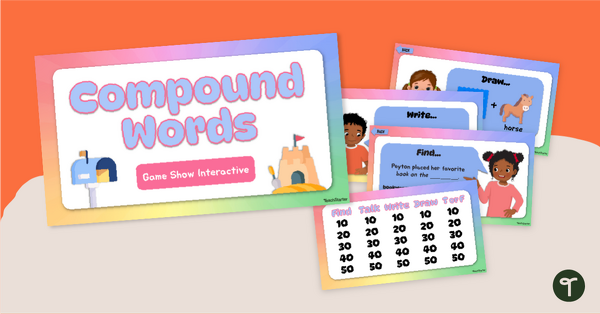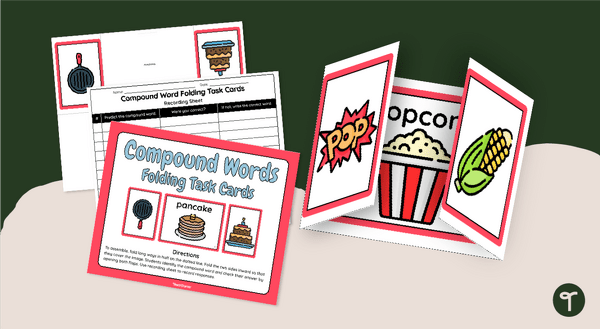A worksheet consolidating the initial L blend sound.
Use this worksheet in conjunction with the Initial L Blend Cards.
Students need to identify the word and then write in the initial sound.
Updated: 19 Oct 2016
A worksheet consolidating the initial L blend sound.
Non-Editable: PDF
Pages: 1 Page
Years: F - 2
Tag #TeachStarter on Instagram for a chance to be featured!

A worksheet consolidating the initial L blend sound.
Use this worksheet in conjunction with the Initial L Blend Cards.
Students need to identify the word and then write in the initial sound.

We create premium quality, downloadable teaching resources for primary/elementary school teachers that make classrooms buzz!
Would you like something changed or customised on this resource? While our team makes every effort to complete change suggestions, we can't guarantee that every change will be completed.
Did you spot an error on this resource? Please let us know and we will fix it shortly.
Are you having trouble downloading or viewing this resource? Please try the following steps:
If you are still having difficulty, please visit the Teach Starter Help Desk or contact us .

Practise building compound words with this set of 20 puzzles, each with three pieces—two smaller words and the compound word they form.

Need some procedural writing ideas? Download these task cards to use as a writing activity during your procedure writing unit.

Get your students writing high-quality procedure texts with this fun “How to Make Waffles” procedural writing project.

Turn your compound word lessons into a fun game with an interactive Compound Word Game Show activity!

Give your students some practise putting words together to form compound words with a pack of printable Compound Word Task Cards.

Practise making new words with this compound word-matching game that includes 28 picture/word dominoes.

Search, find, and spell compound words with a pack of printable compound word worksheets for Year 2

Identify examples of compound nouns and engage your students with a set of printable Compound Word Peg Cards.

Build vocabulary skills and help your students practise forming compound words with a pack of compound word shutter-fold task cards.

Build skills in reading and writing compound words with a Google Slides Digital Learning resource.
0 Comments
Write a review to help other teachers and parents like yourself. If you'd like to request a change to this resource, or report an error, select the corresponding tab above.